How to Protect Against Drones
How to Protect Against Drones
- Last Updated: December 2, 2024
Yitaek Hwang
- Last Updated: December 2, 2024



imize the potential of drones if we continue developing with security in mind.
What do you get when you give a couple of Finnish farmers a drone? Apparently, a flying chainsaw.
[embed]https://youtu.be/6Viwwetf0gU[/embed]
Let that sink in for a minute.
This chainsaw drone exemplifies growing concerns as drone use is becoming more widespread.
Drones have been hailed as the future of IoT as they promise huge benefits to multiple industries including agriculture, healthcare, and distribution services. They also serve as an excellent aerial range extender for IoT communications systems that are optimized for line-of-sight transmission.
But, as is the case with many promising technologies, drones also pose a serious threat to security and privacy. If we learned anything this year in IoT, it’s that security shouldn’t be overlooked when developing new technologies — just look at what Mirai did to the Internet. Already last year, someone from Connecticut demonstrated how easy it is to attach a gun to a drone, sparking new debates on drone safety and regulations.
So this week, we look at some research and current work in our quest to defend against malicious drones. You could always shoot a drone down with your shotgun, but to those of us without guns or for those who don’t want to face prosecution for discharge of firearms in public areas, here is a list of alternative protection measures:

1. Nets
Both the Tokyo police and the Human-Interactive Robotics Lab at Michigan Tech are using nets to catch smaller hostile drones. The idea is very simple: shoot a net or lure a drone into a net, entangling it.
Pros: Cheap, DIY-version available
Cons: Short-range (~40 ft), future drones can counteract by installing net cutters
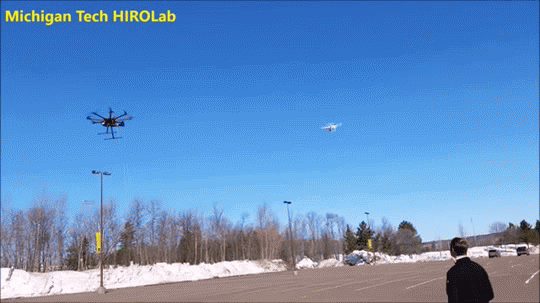
2. Radio Waves
DroneDefender jams GPS and ISM radio frequencies that control drones. This electromagnetic field gun can safely bring drones down to the ground. However, it’s not commercially available yet, and radio jammers are illegal in the US.
Pros: Non-destructive, longer range (~1,300 ft)
Cons: Not authorized by the FCC and not for sale
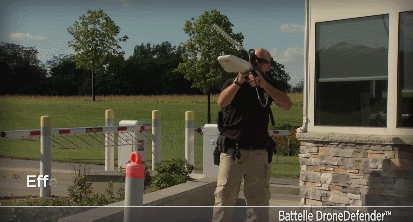
*** If you want a more powerful anti-drone radio jammer, look at DroneShield’s DroneGun that can disable signals from 1.2 miles away.
3. Detection Systems
DroneShield’s Omnidirectional Sensor and Long-Range Sensor can remotely detect drones that are undetectable by radar. It collects acoustic data through weatherproof microphones and is said to be highly adaptable to various environments. DroneShield was used at the Boston Marathon last year.
Pros: Available and legal, proven Applications, long range (~1km)
Cons: Expensive (up to ~$100,000), can only detect (no disabling capability)
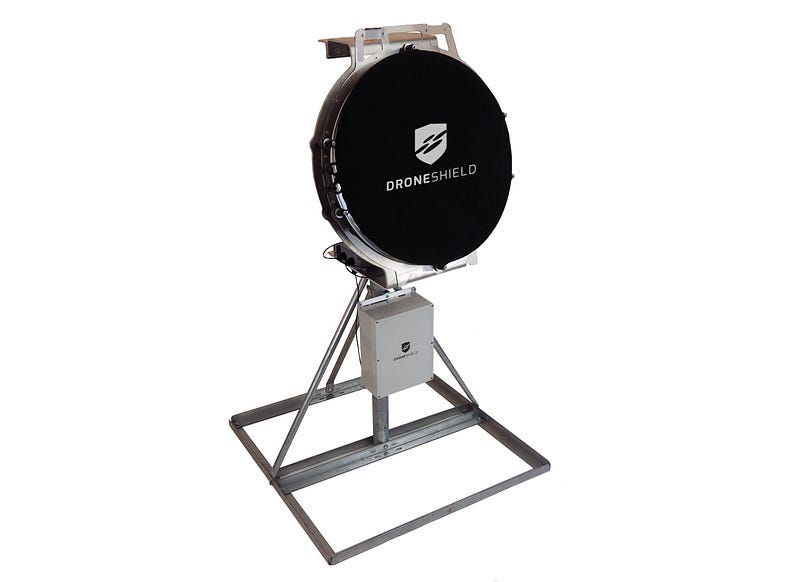
4. Malware
If a hacker can hijack a $35k police drone from a mile away, the chances are that malware can be used to stop commercial and hobbyists’ vulnerable drones. Called SkyJack, the program autonomously seeks out, hacks, and takes full control of other drones. You can find this code on GitHub or find YouTube tutorials for other versions here and here.
Pros: Cheap, doesn’t require special hardware
Cons: Requires programming knowledge
5. Geo-Fencing / NoFlyZone
You might have heard about the NoFlyZone — and no, we aren’t talking about the Denver Broncos secondary here. It was a service that allowed people to submit their addresses and put up a geo-fence to stop drones from trespassing their property. While NoFlyZone quietly shutdown, a new startup called AirMap is working with DJI and 3D Robotics to build better geofencing systems with live updates for temporary flight restrictions.
Pros: Autonomous restrictions, non-destructive solution
Cons: Doesn’t affect existing drones, possible to disable geo-fencing features on drones with enough working knowledge
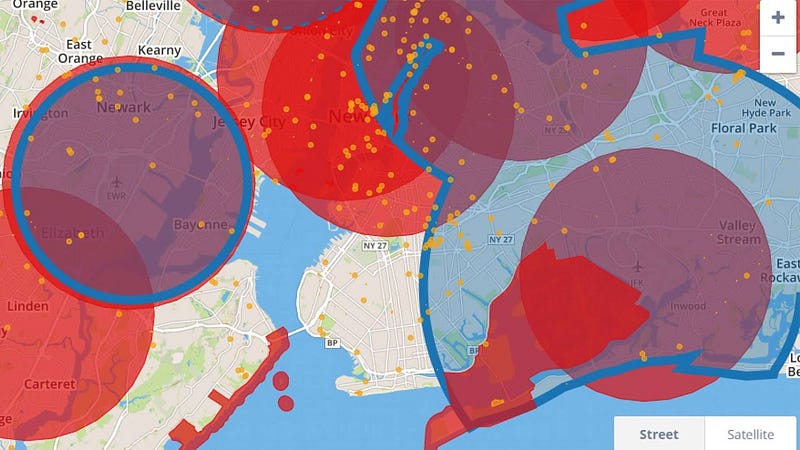
6. Disabling Cameras
Sometimes all you care about is protecting yourself from drone surveillance. Cyborg Unplug is one company working to disable the camera, not the entire drone. The Berlin-based startup scans for wireless signals and shuts down unauthorized video and audio feeds.
Pros: Non-destructive, cheap (~$50)
Cons: Essentially a cell-phone jammer (see concerns about radio jammers)
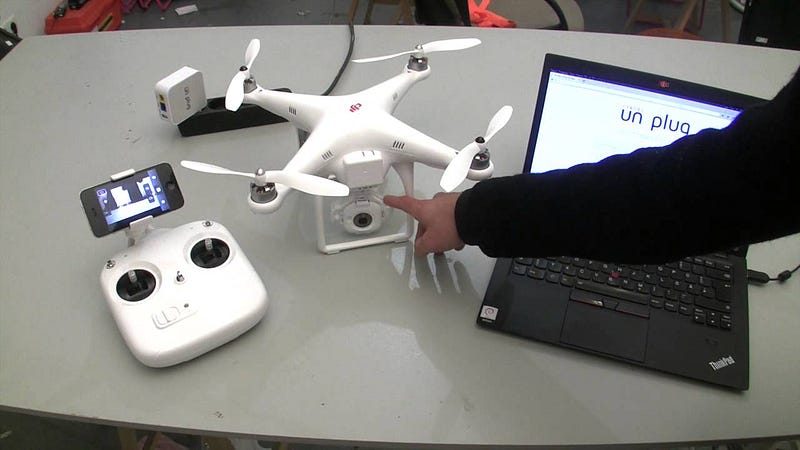
7. Lasers
This last option is military-grade. It shoots 2–3kW lasers to take down drones. The U.S. Military is already using these devices mounted on the Stryker armored vehicles. The Army also has a 50 kW laser, and the Marines have a 30kW laser mounted on a Humvee called Ground-Based Air Defense.
Pros: Extremely powerful, military-grade
Cons: Not for general use
As the drone craze continues, regulations and safety protocols are necessary to ensure proper use of the technology. We are finding ourselves in a new arms race. But just as we have prevailed over previous ground-breaking technologies, there’s no doubt that we can maximize the potential of drones if we continue developing with security in mind.
The Most Comprehensive IoT Newsletter for Enterprises
Showcasing the highest-quality content, resources, news, and insights from the world of the Internet of Things. Subscribe to remain informed and up-to-date.
New Podcast Episode

What is Software-Defined Connectivity?
Related Articles




